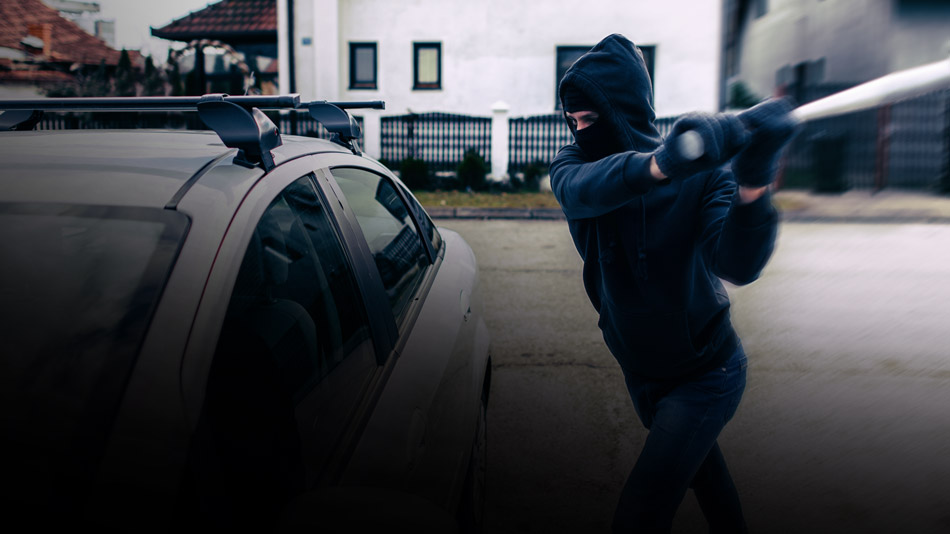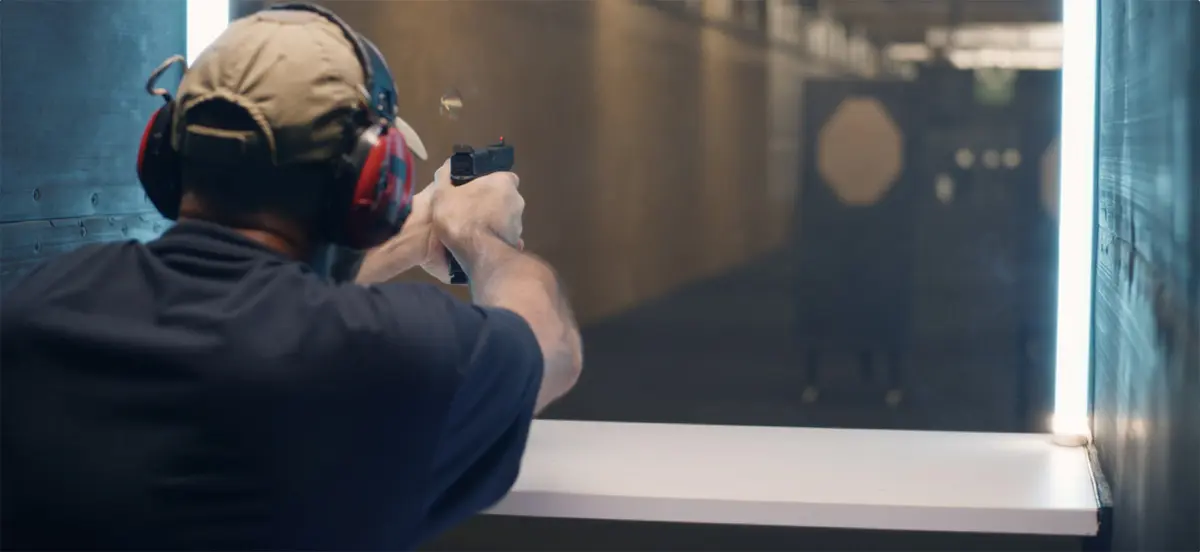
Imagine – you’re getting ready to walk out of the grocery store and head towards your car in the parking lot. To your surprise, when you exit the store, you see that a violent mob has descended on the parking lot and is vandalizing vehicles. What can you do? What should you do? What if this happens in your driveway at home, rather than a public place? What rights do you have to defend your vehicle and property? These are more complicated questions than you might think.
Life Over Property
The starting point is this: in most states, the law favors lives over things. So, if you catch a person breaking into an unoccupied vehicle, you may have a tough time justifying deadly force to protect the property. Property damage alone, such as spray-painting your vehicle, is rarely a justification for deadly force.
Verbal Provocation
A good general rule when out in public is that verbal provocation is not enough to justify the use of force or deadly force. When confronted with a protester for example, verbal threats without any indication that the person will act on those threats do not justify the use of force in most states. However, let’s say someone is threatening you in addition to some other act (e.g., vandalizing your vehicle, trespassing on your property), you may be allowed to use force (but probably not deadly force) to stop the interference.
Occupied Vehicle
The situation usually changes when the vehicle is occupied. In the case of an attack on an occupied vehicle, you are no longer protecting merely your vehicle; you are now also protecting a human life. Many states, but not all, extend the added protections of the Castle Doctrine to occupied vehicles. But, you must make sure you know the law in your state—Illinois, for example, only extends Castle Doctrine protections to the occupied dwelling, not the occupied vehicle. 720 ILCS 5/7-2.
However, if your state does extend the Castle Doctrine to your occupied vehicle, and an assailant is unlawfully attempting to enter your vehicle (your “castle”) with force, you may be justified in using deadly force depending on the laws in your state.
What Crime Could I Be Charged With?
Most states have laws against “displaying” a weapon—especially a firearm—in a threatening or alarming manner. For example, Ohio law states it is a crime to display, brandish, or indicate someone possesses a firearm. Ohio Rev. Code § 2941.145. Although different states may use a different word, such as “exhibit” or “produce,” most states ultimately criminalize the same behavior: the intentional display of a firearm in a threatening manner. Often, there is an exception to these “brandishing” crimes if the weapon was displayed in defense of a person. For that reason, it is not advisable to intentionally display a firearm unless you reasonably fear that a life is in danger.
Display Versus Pointing
Many states also draw an important distinction between displaying a firearm and pointing or discharging one. In Florida, it is a misdemeanor crime to exhibit a weapon in a rude, careless, angry, or threatening manner, and not in necessary self-defense. Fla. Stat. § 790.10. Another example, in Texas, the production of a weapon (i.e., displaying or showing a weapon), as long as the actor’s purpose is limited to creating an apprehension that he or she will use deadly force if necessary, constitutes a use of force (not deadly force). Tex. Penal Code § 9.04. Courts, district attorneys, and police officers can all have different interpretations of this statute. However, it generally means you can display a gun as a warning in self-defense and the action will not be considered deadly force.
Similarly, Kansas specifically excludes threats of force from the definition of deadly force when the “actor’s purpose is limited to creating an apprehension that the actor will, if necessary, use deadly force in defense” of themself or another. Kan. Stat. Ann. § 21-5221. This is a great legal protection because, as discussed above, deadly force is often not justified to defend against a property crime. In Kansas, a threat of force may be appropriate when dealing with damage to your vehicle by a vandal or looter.
As another example, in California, drawing or exhibiting a deadly weapon not in self-defense, under certain circumstances is a crime. Cal. Penal Code § 417. So what does that mean? Whether loaded or unloaded, if a firearm is taken out of its holster or intentionally shown in a rude, angry, or threatening manner—other than in self-defense—you could be arrested. Same goes in Illinois—if a person uses a firearm while putting another in fear of a battery, whether the firearm is “pointed” or simply exhibited, the offense is classified as an aggravated assault. 720 ILCS 5/12-1 & 5/12-2.
You must take the time to learn the laws of self-defense in your state. It can be a complicated process, but every responsible gun owner needs to have a reliable source of information. Sort fact from fiction and stay on the right side of the law.
If you have any question, please contact U.S. LawShield and ask to speak to your Independent Program Attorney.
The preceding should not be construed as legal advice nor the creation of an attorney-client relationship. This is not an endorsement or solicitation for any service. Your situation may be different, so please contact your attorney regarding your specific circumstances. Because the laws, judges, juries, and prosecutors vary from location to location, similar or even identical facts and circumstances to those described in this presentation may result in significantly different legal outcomes. This presentation is by no means a guarantee or promise of any particular legal outcome, positive, negative, or otherwise.





Could you explain the difference between displaying a firearm to create apprehension vs. brandishing? I get more and more confused whenever the two are explained.
This post raises some important points about self-defense and protecting property. It’s a tough situation when emotions run high during protests. I appreciate the insights on legal rights and responsibilities for gun owners. It’s crucial for us to stay informed and prepared while also advocating for peaceful solutions. Thanks for sharing!